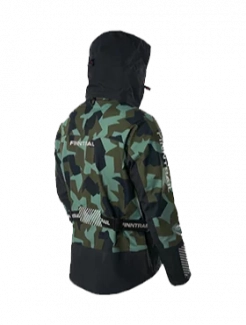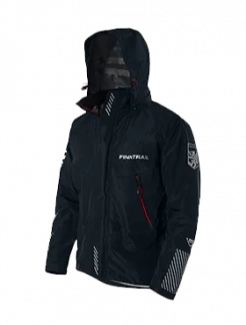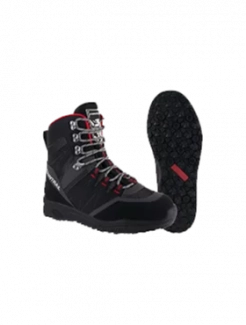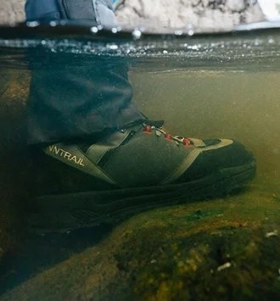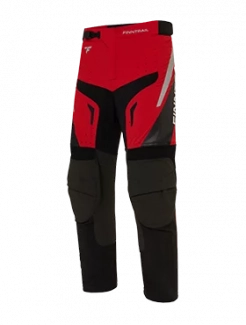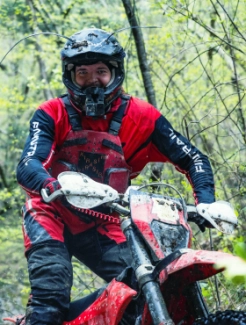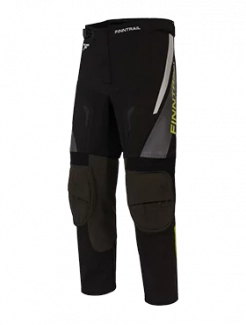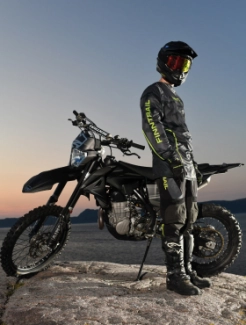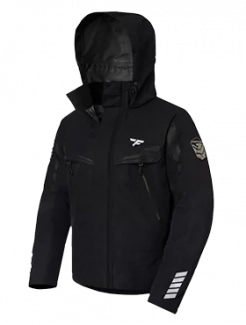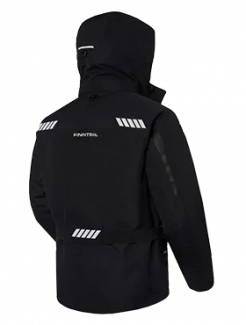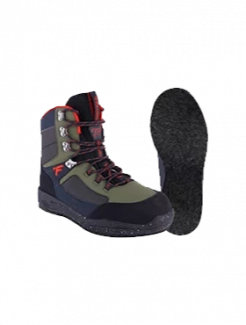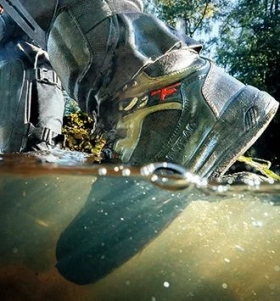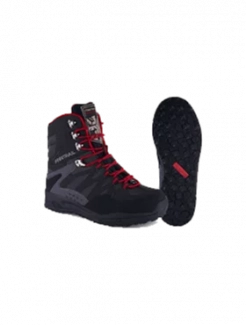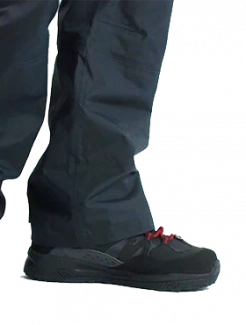New to Off-Roading? Tips and Gear You Should Know
Off-roading is a full-on adventure that pushes you beyond city streets and into the wild. It leads you down rugged trails, through dense forests, across desert dunes, and up into the mountains, offering sights and challenges that most people will never experience behind the wheel of a regular car. For many drivers, it’s the ultimate way to escape routine, test their skills, and enjoy nature in its rawest form.
Of course, stepping into the off-road world for the first time can feel overwhelming. Muddy ruts, loose rocks, steep inclines, and sudden weather changes can make even a powerful vehicle feel small. But that’s part of what makes it exciting. With the right preparation, proper gear, and a steady mindset, those obstacles transform into opportunities to learn and grow.
This beginner’s guide is designed to give you the foundation you need—covering essential safety practices, must-have gear, and proven off-roading tips and tricks—so you can hit the trails with confidence and start building your own adventures.
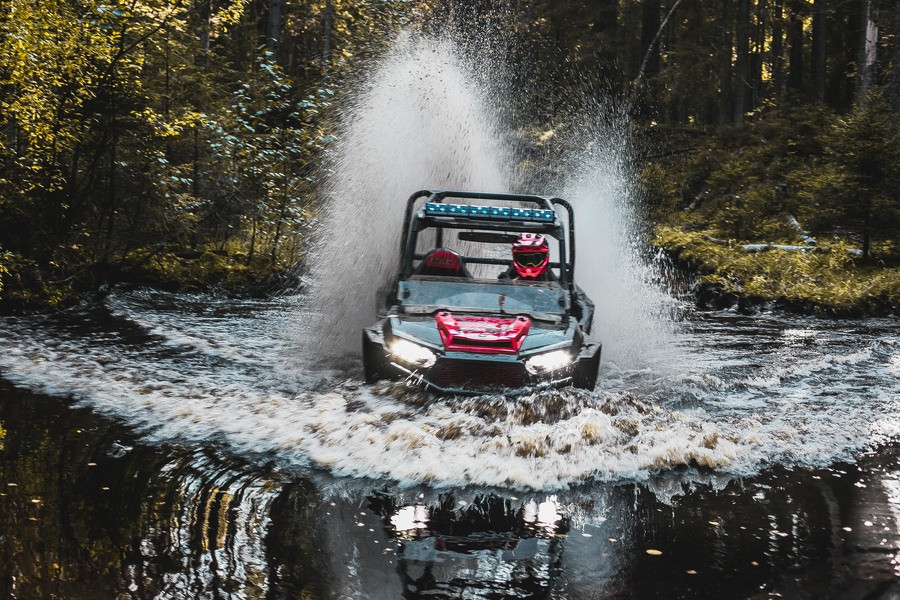
Why Try Off-Roading?
Off-roading isn’t just about driving—it’s about adventure, discovery, and community. Here’s why so many people get hooked after their first ride:
-
Freedom of exploration: off-road trails take you into places most cars will never reach. From quiet forest paths to high mountain passes, you’ll see landscapes that feel untouched and wild.
-
Thrill and challenge: every trail is different, and every obstacle pushes your skills further. It’s a constant learning process, where patience and control are more important than speed.
-
Bonding with others: off-roading is often a group activity. Whether it’s a weekend ride with friends, a camping trip with family, or joining a local off-road club, it builds connections and memories.
-
Escape from routine: for many, it’s not just a hobby but a reset button. Out on the trails, with mud flying and the sound of engines echoing through the trees, everyday stress feels far away.
But while the excitement is real, preparation and awareness are key. Going off-road without knowledge or gear can turn a fun outing into a dangerous situation.
Off-Road Driving Safety Tips for Beginners
If it’s your first time off-roading, safety should always come first. Unlike paved highways, trails bring unpredictable challenges like loose rocks, deep mud, sand, or sudden water crossings. Here are a few beginner off-road driving safety tips to keep in mind:
Know Your Vehicle
Before hitting the trail, understand what your vehicle is capable of. Check ground clearance, know your tire pressure range, and learn whether your ride has 4WD or AWD. Some vehicles handle sand and mud better, while others excel on rocky terrain. Knowing your limits prevents you from getting into situations your vehicle can’t handle.
Check Your Gear Beforehand
Breakdowns happen even to experienced drivers. A spare tire, jack, recovery straps, and a basic toolkit are non-negotiable. Inspect fluids, brakes, and tire condition before every ride. Think of it as your pre-flight checklist—it’s better to spend ten minutes checking than hours stranded.
Drive Slow and Steady
In off-roading, speed is rarely your friend. Take obstacles slowly, use momentum when needed, but avoid slamming the gas. Flooring it often digs tires deeper into mud or sand instead of pulling you out. Smooth, controlled driving is the key to making progress.
Lower Tire Pressure When Needed
On sand, snow, or mud, slightly lowering tire pressure increases traction by spreading the tire’s footprint. Just remember to carry a portable air compressor or know where you can reinflate before hitting the road again.
Travel with a Buddy
This might be the most important safety tip of all: don’t go alone. Even experienced off-roaders prefer to travel in groups. A second vehicle can pull you out if you’re stuck, share supplies, or call for help if needed.
Choosing the Right Trail
Not all trails are equal, and choosing the right one makes a big difference for beginners. Look for beginner off-road trails rated “easy” or “green” in guidebooks or off-road apps. These routes usually feature milder terrain with fewer obstacles.
Starting small builds confidence. Once you’re comfortable handling ruts, small climbs, and shallow mud, you can gradually move on to moderate and advanced trails. Trying to do too much too soon risks damaging your vehicle—or worse, injuring yourself.
Also, research your trail ahead of time. Check weather conditions, difficulty ratings, and whether permits are required. A little planning goes a long way in avoiding unwanted surprises.
Driving Techniques
Driving is a skill that grows with practice. Here are some off-roading tips and tricks that will help you stay in control:
-
Use Low Gear: on steep climbs, descents, or when crawling over rocks, low gear gives you more control and prevents engine strain.
-
Avoid Sudden Turns: sharp steering can cause tires to lose traction. Keep your inputs smooth and steady.
-
Respect Water Crossings: enter slowly, check the depth first, and never rush. Fast water can sweep a vehicle, and deep crossings can flood your engine.
-
Climb Straight On: always approach hills head-on, not at an angle. Side angles greatly increase rollover risk.
-
Know When to Stop: if an obstacle looks unsafe, get out and scout it on foot before deciding. Sometimes the best choice is turning back.
Must-Have Gear for Beginners
Having the right equipment makes every trip safer and more enjoyable. Here’s a starter kit for new off-roaders:
-
Recovery Gear: tow straps, shackles, and, if your budget allows, a winch. These tools can save you or help you assist others.
-
Communication Tools: cell service is often unreliable off-road. A two-way radio or satellite device ensures you can reach your group or emergency services.
-
Navigation Equipment: a reliable GPS unit, printed maps, and a compass. Never rely only on your smartphone—it may run out of battery or lose service.
-
Protective Clothing: durable gear like gloves, boots, and weather-proof jackets. Mud, rain, and sharp rocks can take a toll on your body without the right protection.
-
Emergency Kit: always pack first aid supplies, drinking water, snacks, and flashlights. Even a short trip can take longer if something goes wrong.
Extra Off-Road Tips and Tricks to Remember
A few more habits separate smart off-roaders from reckless ones:
-
Always let someone know your route and estimated return time.
-
Stick to marked trails to avoid getting lost and to protect the environment.
-
Follow the “leave no trace” principle—pack out everything you bring in.
-
Pay attention to your vehicle. Grinding noises, overheating smells, or unusual resistance are early warning signs. Ignoring them only makes problems worse.
-
Respect the land and others on the trail. Off-roading is about fun, not leaving destruction behind.
Final Thoughts
Starting your off-road journey is exciting, but it requires patience, preparation, and respect for both the terrain and your vehicle. With these off-roading tips for beginners—from choosing the right trail to packing essential gear—you’ll have the foundation you need to tackle your first adventure safely.
Remember: the best off-road tips and tricks aren’t just about how to drive, but how to enjoy the experience fully. Off-roading is about the journey, the people you share it with, and the stories you bring back. Drive safe, respect nature, and get ready for the thrill of adventure beyond the pavement.


